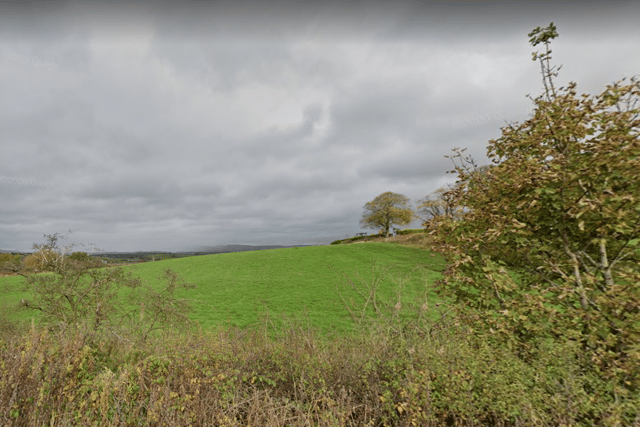Bid to build hundreds of homes on Glasgow green belt site refused
and live on Freeview channel 276
A Scottish Government planning reporter has rejected Caledonian Property Investments in its bid to construct a new development just north of Summerston.
What were the plans?
The developers were hoping to build a huge new housing development on a site bounded by the River Kelvin, Blackhill Road and Balmore Road, on the north east edge of Glasgow.
Advertisement
Hide AdAdvertisement
Hide AdThe land is currently being used for agriculture, but the masterplan, if approved, would have seen around 500 homes constructed in the first few phases on the western edge of the site.


There are also plans for development on the eastern part of the site - to the east of Blackhill Farm - and to the south of the road.
Why were the plans rejected?
Despite the site being on green belt land, it had been included in the Glasgow development plan and earmarked for a possible housing site.
However, the Scottish Government planning reporter said that the findings of the Summerston Feasibility Study explained why housing should not be built on the site.
Advertisement
Hide AdAdvertisement
Hide AdThe report states: “Its conclusion was that the council should not support further residential development in this area, primarily because of its poor accessibility to facilities and services other than by the private car. It recommended that the Green Belt designation of the site should remain.”
The reporter also notes that the development would be too far from local shopping facilities in Summerston, that it could have an impact on the Possil March SSSI, and shared concerns about the transport links.
The report added: “Overall, I conclude that, notwithstanding the identification of site H113 in the CDP, the current proposal does not accord with the development plan. I agree with the conclusion of the Summerston Feasibility Study that the appeal site has poor accessibility by foot or public transport to facilities and services, essentially because of its peripheral location.
“I consider that the Environmental Statement and Transport Assessment undertaken for the appellant have not fully assessed the transport implications of the development over the whole site, for which permission in principle is being sought. Thus, whilst the road improvements proposed might be sufficient to cater for the first 500 houses, there is no indication of how traffic generated by the later stages of development, which could be equally large, would be dealt with.
Comment Guidelines
National World encourages reader discussion on our stories. User feedback, insights and back-and-forth exchanges add a rich layer of context to reporting. Please review our Community Guidelines before commenting.
